THE GOOD NEWS:
Despite prevailing narratives, consumer culture is not the core of gay identity.
There’s a comforting simplicity to the logic that governs most makeover shows.
“Queer Eye,” Netflix’s reboot of “Queer Eye for the Straight Guy,” delivers on this front. The new-gen Fab Five — a racially-diverse cast of queer men who have off-the-charts chemistry with each other — expertly helm each episode to its inevitable conclusion, tenderly guiding their subjects through a profound journey of self-improvement with the aid of a good haircut and a loaded credit card.
Like its predecessor, the new “Queer Eye” shares the message that most effective means of self-actualization is consumerism, says Yarma Velázquez Vargas, a professor of media studies at California State University at Northridge and the author of “A Queer Eye for Capitalism: The Commodification of Sexuality on U.S. Television.”
“In the original show, just as in this one, capitalism is a route to self-discovery, to creating an identity, right?” says Velázquez Vargas. “So, ‘I am a better person; I am a more fulfilled individual; I am less depressed because my apartment looks a certain way or my rug is more modern; or because I have tighter-fitting clothing because I put on some lotion.’”
No episode exemplifies the success of this formula more than “To Gay or Not Too Gay,” the fourth in the series and a masterclass in tear-jerking television. It focuses its attention on A.J., “the straightest gay guy in Atlanta,” a shy civil engineer who never had the opportunity to come out to his late father before he died. He’s in a loving relationship with another man and is finally ready to come out to his stepmother.
But A.J., we are told, is not living as “freely” as he wants to be, hewing close to an outwardly straight identity by dressing in ill-fitted clothes and refusing to cook his own food. (His refrigerator is full of almond milk, which he uses to make protein shakes that Antoni Porowski, “Queer Eye’s” foodie, says taste like chalk.)
[quote position="full" is_quote="true"]Capitalism is a route to self-discovery, to creating an identity.[/quote]
“This conservative guy he wants to be, this masculine life he wants to live — I think it’s more what society expects of him than what he truly feels inside,” says Tan France, “Queer Eye’s” fashion expert. “I want an outfit that represents the true A.J., who, deep down, truly wants to be the guy who’s out.”
Meanwhile, Bobby Berk, the show’s resident interior decorator, pinpoints another problem in A.J.’s life: his sparsely decorated apartment. “Just like his condo, he’s got great bones,” Berk says. “And the way I wanna show him [that] is by showing how cool his home can be — to match how cool he is.” Berk promises to give A.J. an exposed closet, which is “metaphoric,” he says, as a wink to his audience.
A.J.’s transformation from “closeted” to “out” is presented to him as a range of consumer decisions — buy this, not that; wear this, not that.
New throw pillows on his couch match the painting his father gave him. New kitchen shelving will encourage him to cook more. Now he knows how to make arepas.
Finally, toward the end of the show, A.J.’s ready to come out to his stepmother in an extremely touching scene in which he reads her a letter he wrote to his late father and introduces her to his boyfriend.
“Although there were a lot of popular makeover shows, ‘Queer Eye for the Straight Guy’ was the first show that really made a link between sexuality and forms of consumption [and] establishing that queerness is a way of consumption, an aesthetic preference, and always asexual,” says Velázquez Vargas. “Even by then, when you had ‘Will and Grace’ and you had all these gay characters [on TV], the representation was very superficial in terms of aesthetic choices [and] forms of behavior, but never a real romance was depicted or two affectionate people.”
In some ways, this is how the show differs (slightly) from the previous iteration. Here, A.J.’s relationship with his boyfriend is central to the episode’s narrative. There are coy references to sex — he has a swing hanging from his ceiling right next to his bed as well as leather harnesses in his closet.
“There is a little bit more explicit talk about sexual desire, but [only] when it comes to the person being made over, not necessarily the ‘Queer Eye’ guys themselves,” says Velázquez Vargas. While the “Queer Eye” guys frequently flirt with each other, they rarely discuss their own personal lives. And their definitions of queerness remain toggled between stereotypical notions of femininity and masculinity.
“In a way, the [show’s] representations of queerness in the show remain static,” says Velázquez Vargas. “It aligns queerness with masculinity, with the effeminate, with the traditional character of the sissy. It’s silly. It’s comical and openly flirtatious.”
The Fab Five have to remain commercially palatable to keep the door open for sponsorships and product placements, which is part of what made the first “Queer Eye” so successful in the first place.
“‘Queer Eye [for the Straight Guy]’ was a very profitable show for Bravo. In terms of production, reality TV is very inexpensive to produce,” says Velázquez Vargas. “And it included lots of product placement and lots of links between Bravo and its partner companies. For example, when General Electric bought NBC and consequently Bravo, there were a lot of product placements of GE products there. There was a lot of interconnected content in between Bravo and other programs on the network.”
Netflix’s “Queer Eye,” on the other hand, has been notably light on product placement — likely because the show is subsidized by Netflix’s subscriber base. In at least one episode, “Camp Rules,” the Fab Five take Bobby Camp, a somewhat ascetic father of six, and his family to Target for a shopping excursion.
“Stores like this, they’re designed for the Bobby Camps of the world,” Porowski says in the episode. Like much of the covertly branded advertising we experience every day, the Target mention seems innocuous at first. “The way that they frame the Target customer and what they can look for. … [T]here was a very heavy focus on how Target is aligned to the viewer’s lifestyle,” says Velázquez Vargas. “It’s a very interesting way of Netflix incorporating product placement while still remaining seemingly advertising-free.”
This particular episode ends with a heartwarming wedding day redo: Camp and his wife, Vera, didn’t have many photos of their first wedding, so the Fab Five helped them stage a reenactment.
This time, however, Camp had a clean new linen suit, some new kitchen skills, and a new life memory infused with the wonders of consumer culture.





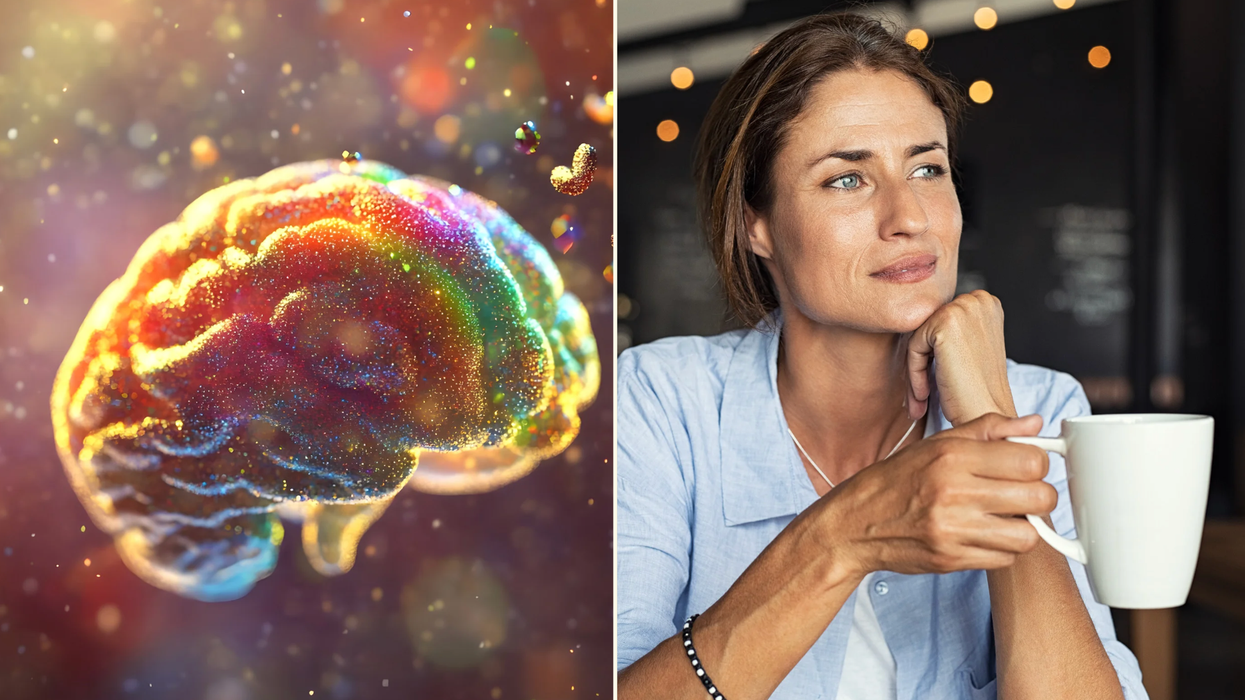

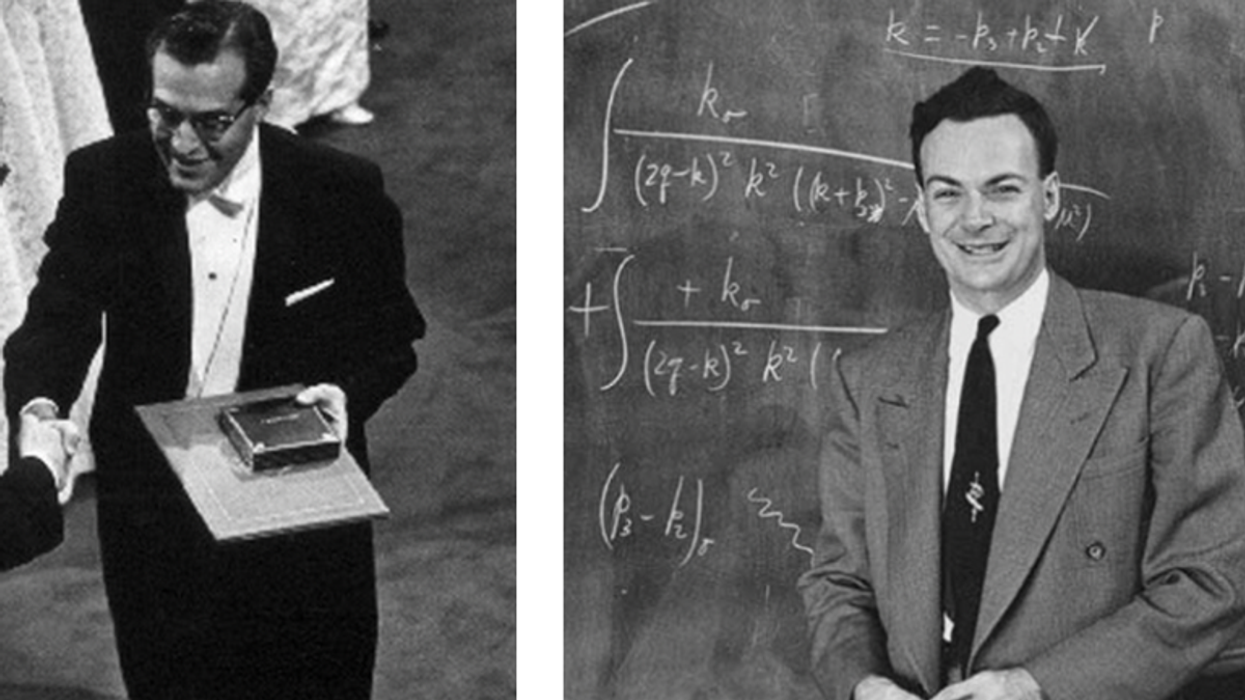
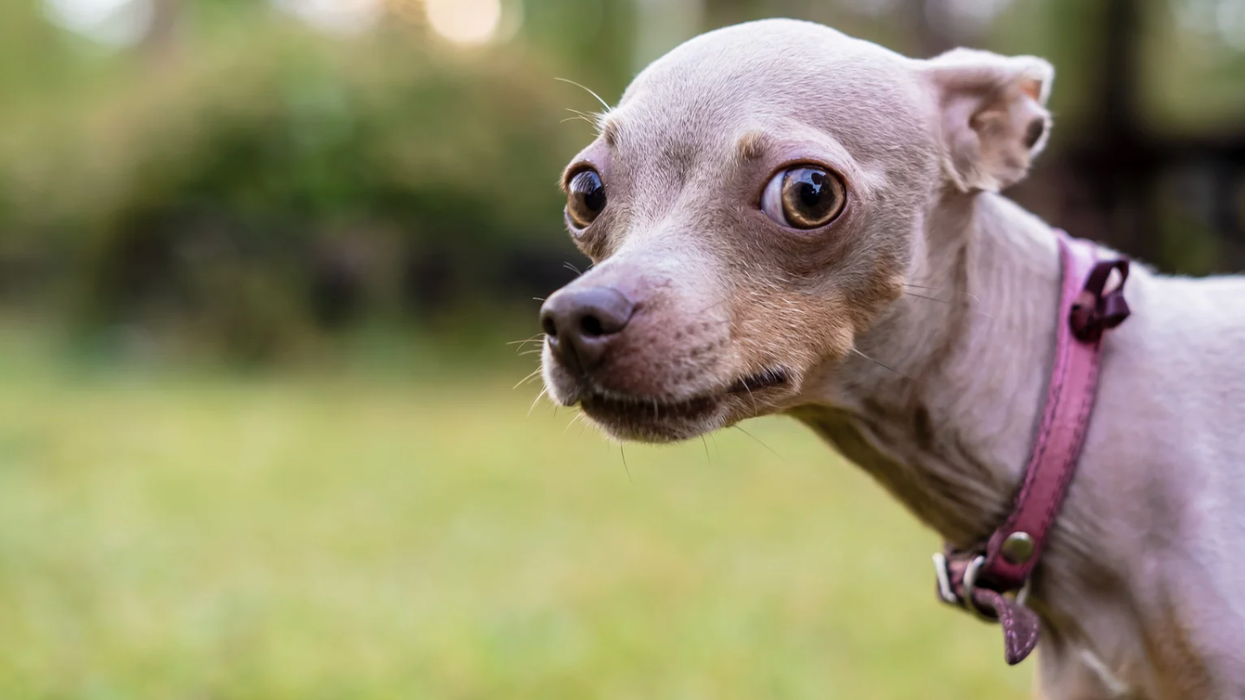


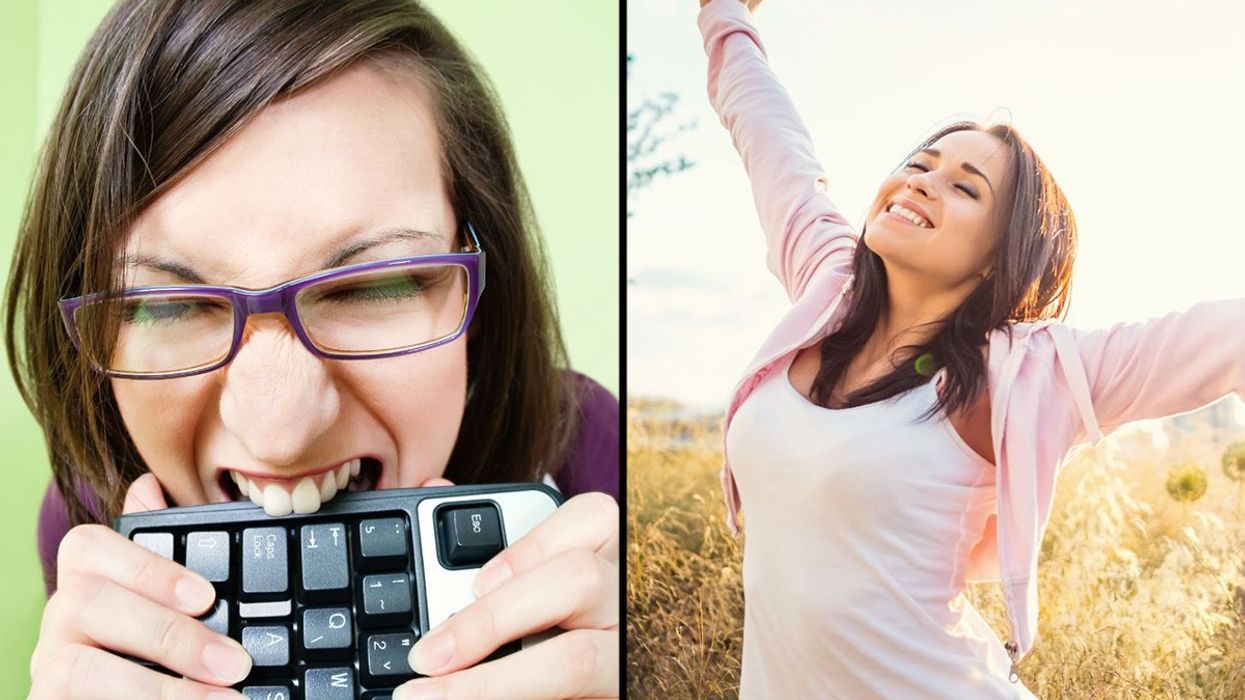
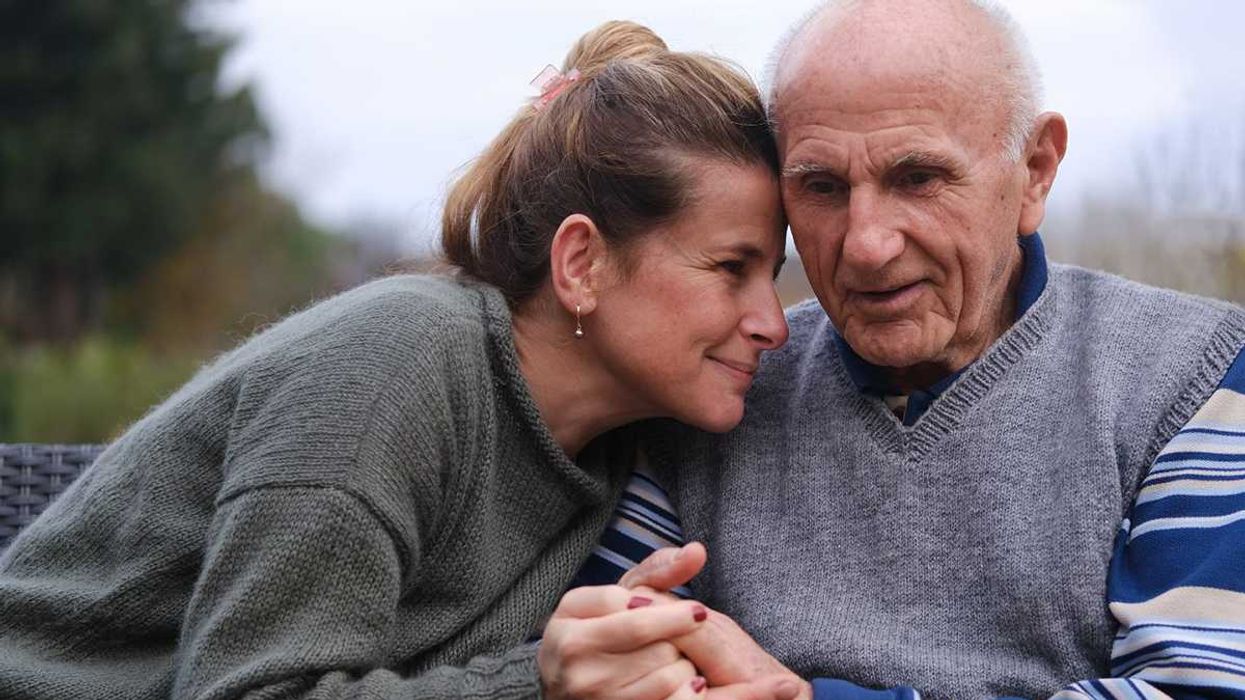
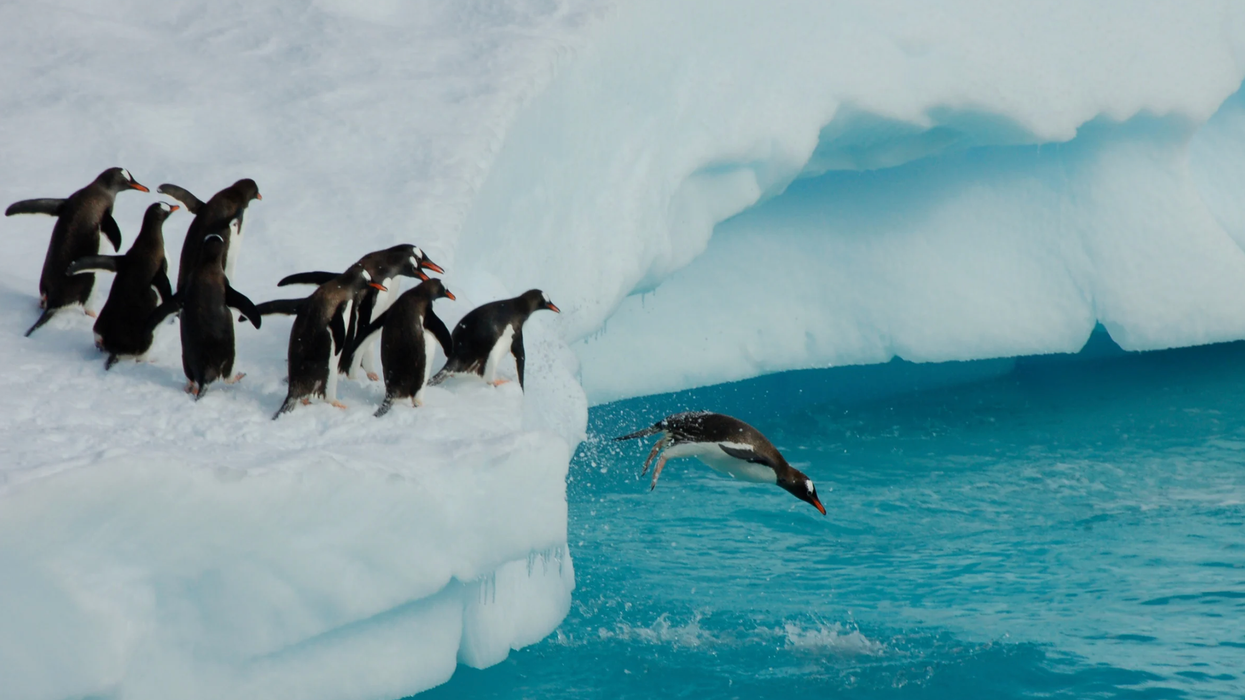
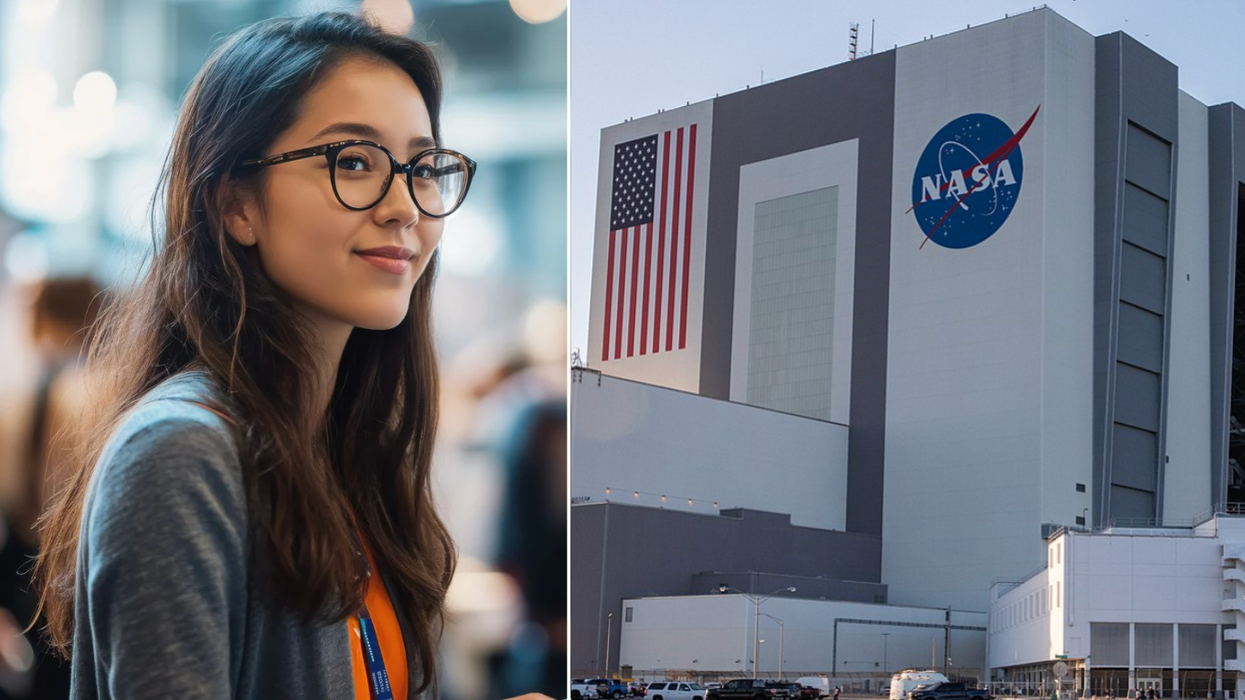

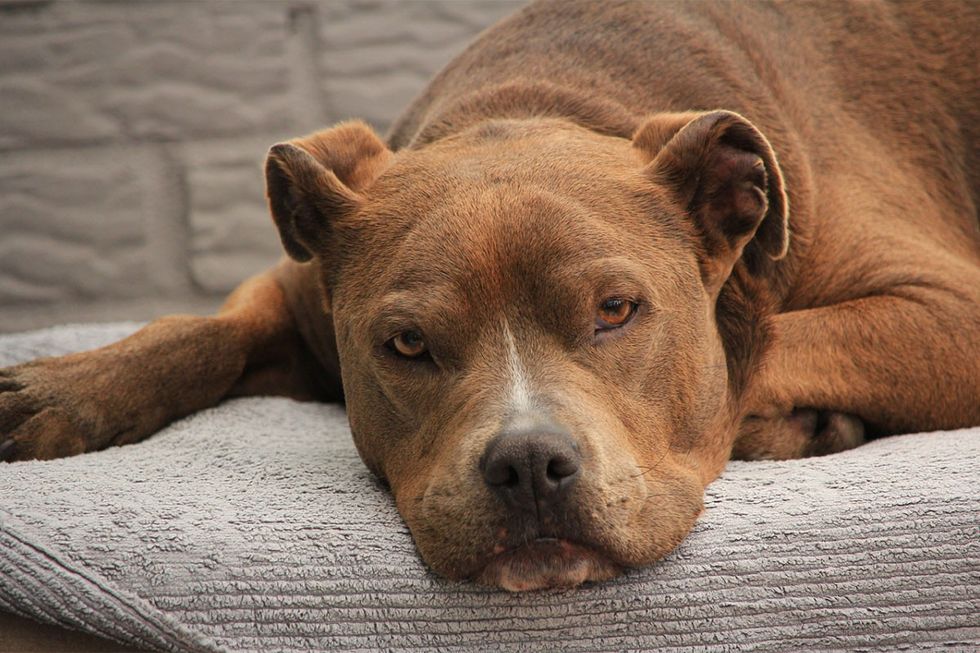 Otis knew before they did.
Otis knew before they did.